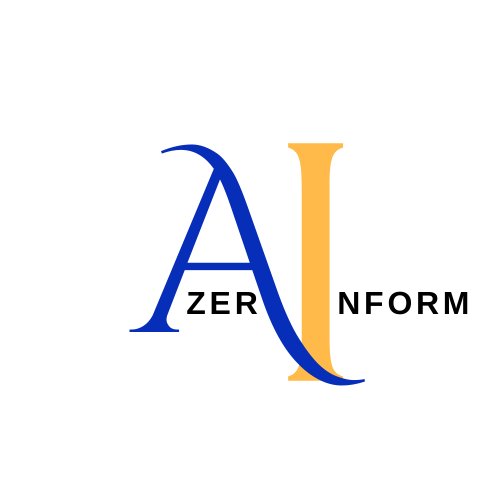The world of childhood education is evolving with the times, and one of the most exciting developments has been the introduction and increasing adoption of STEAM learning. This approach integrates Science, Technology, Engineering, Arts, and Mathematics into a unified curriculum, offering a holistic learning experience. The benefits of this innovative educational approach, especially when introduced during the early years, are numerous. Here, we delve into the top five advantages of STEAM early childhood education.
-
Ignites Curiosity and Encourages Exploration
One of the key attributes of STEAM-based education for young learners is its ability to ignite natural curiosity. Children are innately curious beings, and this method of learning harnesses that trait by presenting them with challenges that require them to explore, experiment, and discover solutions. This approach keeps their minds active and engaged, fostering a love for learning that extends far beyond the classroom.
-
Develops Critical Thinking Skills
In our rapidly changing world, critical thinking skills are more important than ever. STEAM education for little ones emphasizes problem-solving and decision-making, which in turn nurtures critical thinking. By encouraging children to analyze situations, make connections, and come up with innovative solutions, we lay the foundation for them to become thoughtful and effective problem solvers in the future.
-
Promotes Creativity and Innovation
The ‘A’ in STEAM stands for Arts, which underscores the importance of creativity and innovation in this approach. It’s not just about numbers and facts; it’s also about encouraging children to think outside the box and express their ideas creatively. Whether it’s designing a simple machine or creating a piece of art, STEAM helps children see the world from different perspectives and boosts their creative confidence.
-
Builds Resilience and Perseverance
When children engage in STEAM activities, they encounter challenges and sometimes fail. However, instead of being discouraged, they are taught to view these failures as opportunities to learn and improve. This approach helps them develop resilience and perseverance, qualities that will serve them well throughout their lives.
-
Prepares for the Future
In today’s digital age, technological proficiency is no longer just an advantage–it’s a necessity. By integrating technology into the early learning curriculum, STEAM education equips children with the skills they need to navigate the future. They learn to be comfortable and confident with technology, setting them up for success in a world where digital literacy is crucial.
In conclusion, STEAM early childhood education during the formative years offers children a comprehensive, engaging, and future-oriented learning experience. It nurtures curiosity, encourages creativity, fosters critical thinking, and builds resilience–all while equipping them with essential skills for the future.

 Home
Home







